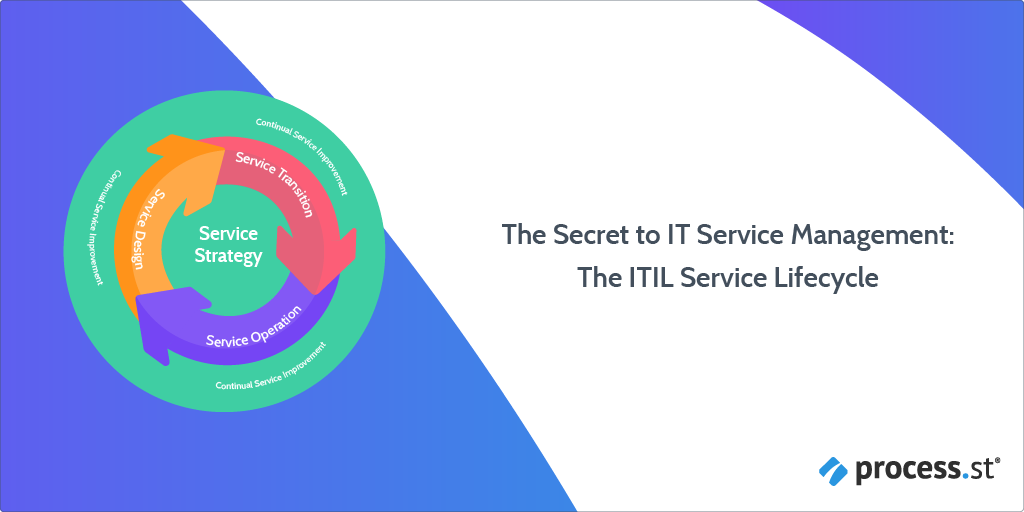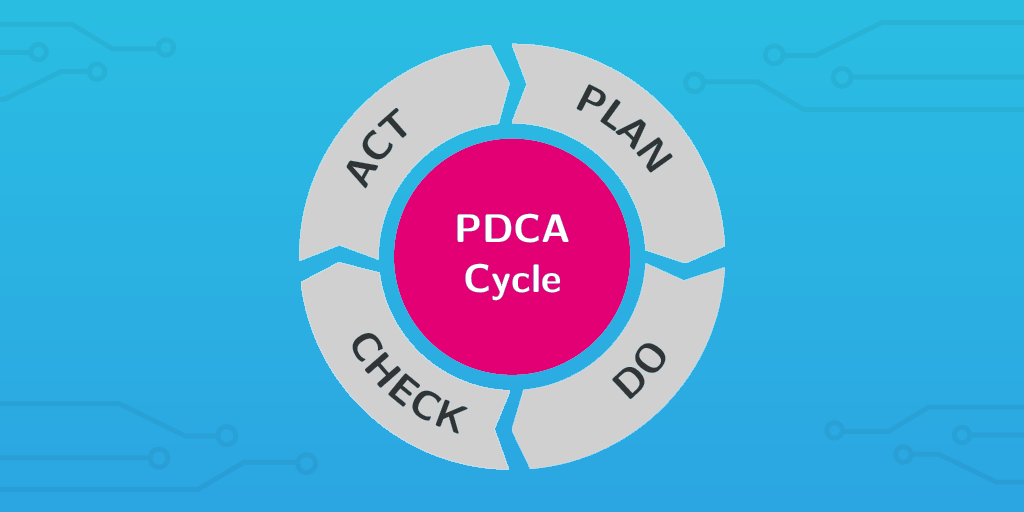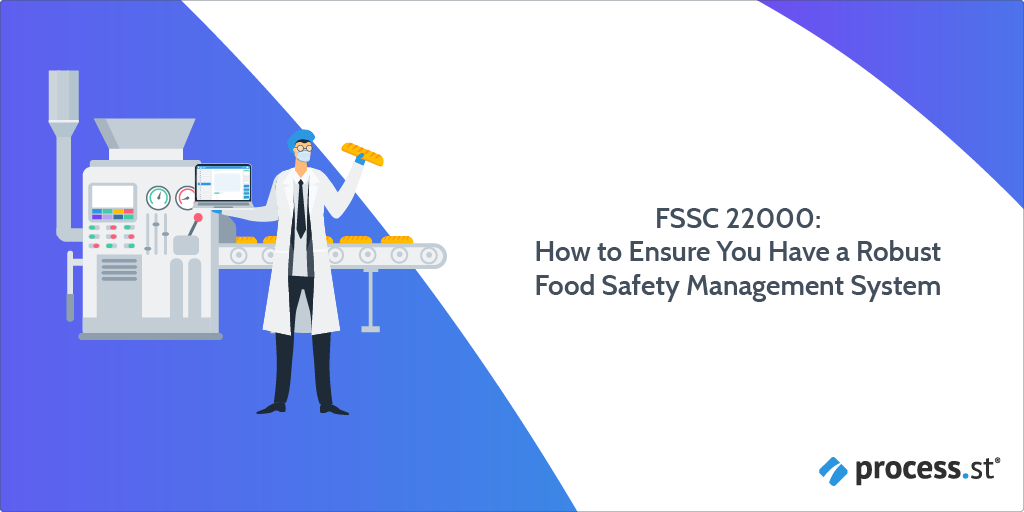
As I stood, staring at my big toe which had somehow poked its way through a layer of polyester, it occurred to me that:
- These 2-month-old running shoes definitely needed to be disposed of.
- I will not be buying from this poor quality brand again.
In this scenario, I had fallen victim to poor quality control measures.
Purchasing a pair of running shoes not robust enough to meet my needs meant I, as a consumer, was not satisfied and did not repeat my custom with the given brand.
This reaction is to be expected.
A study by Psomas et al, detailed on Emerald Insights, concluded that effective quality control measures, in the form of Quality Management Systems (QMS systems), directly improve employee benefits, business performance, and customer satisfaction.
“Quality is never an accident; it is always the result of high intention, sincere effort, intelligent direction, and skillful execution; it represents the wise choice of many alternatives” – William A Foster, Forbes Quotes
In this Process Street article, we take a look at what quality control is, and how you can implement effective quality control processes in your business today.
You will be presented with 19 free templates, ready and waiting to be used right away. These templates will help you build and audit your QMS systems, to meet the needs of key stakeholders in your business.
- ISO 9001:2015 Internal Audit Checklist for Quality Management Systems
- Financial Audit Checklist
- Environmental Accounting Internal Audit
- Environmental Management Self Audit Checklist
- Management Systems Audit Checklist
- ISO 9001 and ISO 14001 Integrated Management System (IMS) Checklist
- PPC Audit Checklist
- Google Analytics Audit
- Technical SEO Audit
- UX Audit
- ISO 27001 Information Security Management System (ISO27K ISMS) Audit Checklist
- SQL Server Audit Checklist
- Firewall Audit Checklist
- Network Security Audit Checklist
- ISO 45001 Occupational Health and Safety (OHS) Audit Checklist
- Diversity Management Monthly Audit
- Hotel Sustainability Audit
- Laboratory Safety Procedure Audit
- Retail Store Audit Checklist
Sound good?
Click on the relevant subheader below to jump to that section, alternatively, scroll down to read all I have to say.
- What is quality control?
- Create your quality control systems in Process Street
- Audits: What are they and why they are needed for quality control
- Audit processes: Incorporating audit processes into a QMS
Let’s begin!
Continue Reading







 Workflows
Workflows Forms
Forms Data Sets
Data Sets Pages
Pages Process AI
Process AI Automations
Automations Analytics
Analytics Apps
Apps Integrations
Integrations
 Property management
Property management
 Human resources
Human resources
 Customer management
Customer management
 Information technology
Information technology











 In the wake of challenges at the scale of the novel coronavirus COVID-19 it is vital that we share as much knowledge as possible to help each other prepare for the problems we face and fight them effectively when they arrive.
In the wake of challenges at the scale of the novel coronavirus COVID-19 it is vital that we share as much knowledge as possible to help each other prepare for the problems we face and fight them effectively when they arrive.